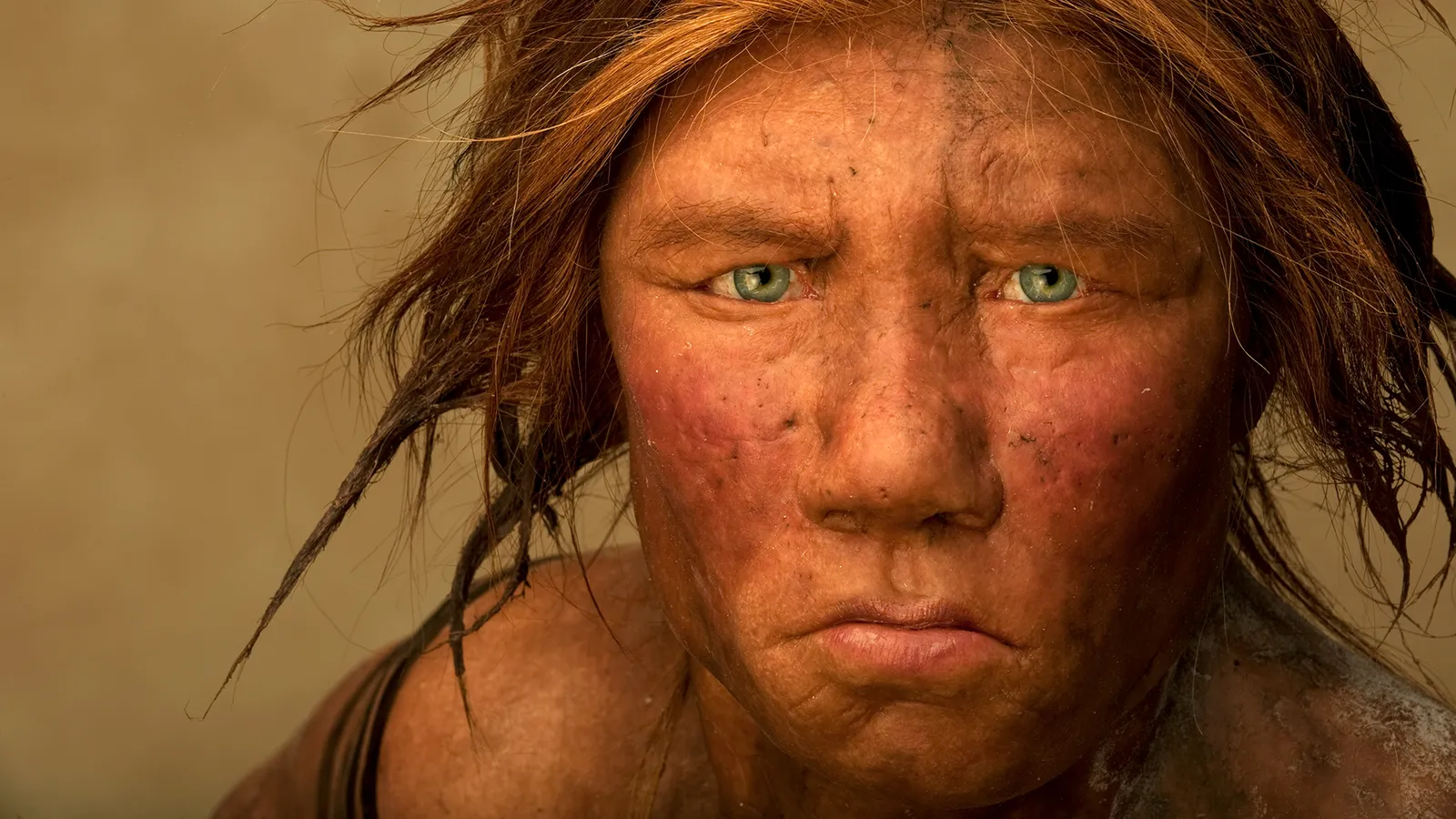
Every year, we discover something about our history on the planet through excavations around the world. In one such excavation, archaeologists found what may be the world’s oldest gold dating back to 4,500 B.C. The gold bead found was an eighth of an inch found in Bulgaria and it might be the oldest processed gold ever discovered in Europe and probably the world.
Reuters reported in 2016 that the bead predates the previous oldest gold object, the Varna Gold, which is a cache of gold found in a necropolis outside the Black Sea port of Varna. The Varna Gold cache was found between 1972 and 1991 and weighed about 5.8 kilograms. However, the new bead found in Bulgaria pushes the mystery back another 200 years.
Yavor Boyadzhiev, professor at the Bulgarian Academy of Science and in charge of the dig told Krasimiov, “I do not doubt that it is older than the Varna gold. It’s a really important discovery. It is a tiny piece of gold but big enough to find its place in history.”
Read the rest of this article...

